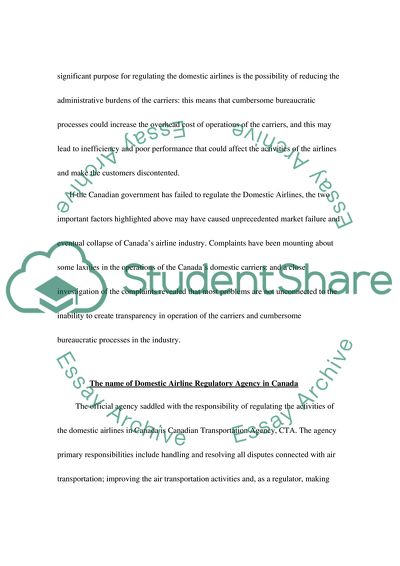Cite this document
(“Regulations and policies for domestic flights in Canada (airline Research Paper”, n.d.)
Regulations and policies for domestic flights in Canada (airline Research Paper. Retrieved from https://studentshare.org/miscellaneous/1553126-regulations-and-policies-for-domestic-flights-in-canada-airline-industry-in-canada
Regulations and policies for domestic flights in Canada (airline Research Paper. Retrieved from https://studentshare.org/miscellaneous/1553126-regulations-and-policies-for-domestic-flights-in-canada-airline-industry-in-canada
(Regulations and Policies for Domestic Flights in Canada (airline Research Paper)
Regulations and Policies for Domestic Flights in Canada (airline Research Paper. https://studentshare.org/miscellaneous/1553126-regulations-and-policies-for-domestic-flights-in-canada-airline-industry-in-canada.
Regulations and Policies for Domestic Flights in Canada (airline Research Paper. https://studentshare.org/miscellaneous/1553126-regulations-and-policies-for-domestic-flights-in-canada-airline-industry-in-canada.
“Regulations and Policies for Domestic Flights in Canada (airline Research Paper”, n.d. https://studentshare.org/miscellaneous/1553126-regulations-and-policies-for-domestic-flights-in-canada-airline-industry-in-canada.


